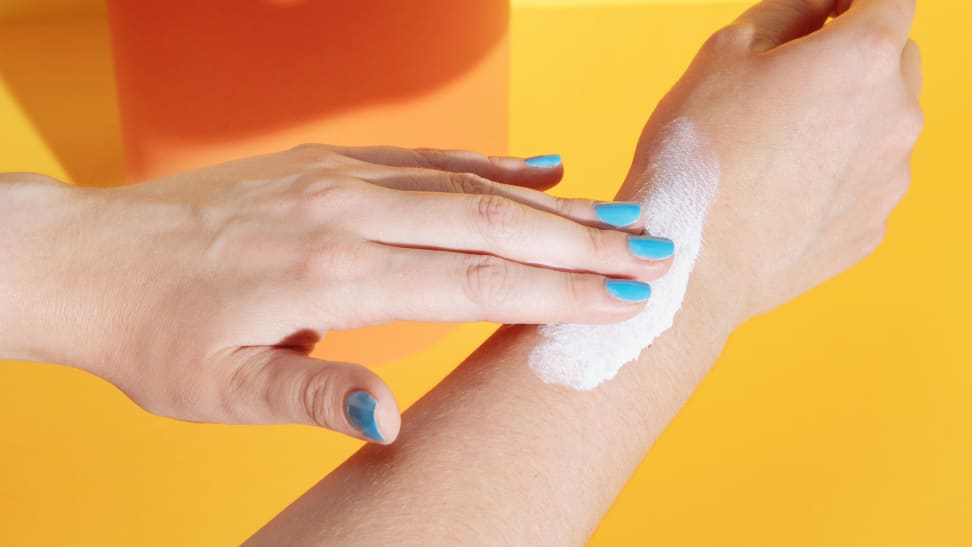The best organic sunscreens
The best organic sunscreens protect your skin from sunburn while also minimizing your impact on the environment—the reefs, animals, and the rest of the ecosystem. Ideally, the sunscreen is certified organic with an endorsement through the USDA or NSF, but the percentage of organic ingredients varies from one product to the next. While all the sunscreens on this list advertise that they do not test on animals, only some are certified through Leaping Bunny or endorsed by PETA. As far as reef-safe requirements, we used the HEL list to eliminate some sunscreens and noted whether a given sunscreen also contained the three chemicals that’ll be banned in Hawaii beginning in 2023.
To help you find the right sunscreen, we dug through thousands of reviews for a variety of great options available online. Based on our research, these are some of the best organic sunscreens you can get right now.
Pros
-
95% certified organic
-
Reusable tin
Cons
-
Smells odd to some
-
Waxy feel
How does organic sunscreen work?
When it comes to skin protection, organic sunscreen might be a bit different than other products you’ve used. Organic sunscreen is most likely to be a form of mineral sunscreen, offering a physical barrier rather than a chemical layer for UV protection. Mineral sunscreens use zinc oxide or titanium oxide for their sunblock, with non-nano-sized being preferred for reduced reef impact. For the best results, make sure your skin’s moisturized to begin with, since the sunscreen will sit on top of your skin, rather than being absorbed like a non-mineral sunblock. Apply mineral sunscreen slowly, covering one area at a time and rubbing until it’s barely visible. Products with a lower zinc oxide percentage—or ones that come in a tinted version—may be less noticeable on darker skin.
Like other sunscreens, mineral sunscreens are rated with a sun protection factor (SPF) that estimates how much sunlight you need to absorb before you get crispy. Don’t think of this as time you can spend in sunlight; think of it in terms of the sun’s brightness or intensity. And the measurement is relative to your skin tone, time of day, and other absorption factors like reflective surfaces. (I’m talking about you, reflective water that burns me quicker than concrete.) While a higher SPF offers more protection, beyond SPF 15, the amount of increased protection is small. For example, the difference between SPF 15 and SPF 70 is the difference between 93% and 98.5%. So if you can’t get your preferred SPF 70, you can relax knowing that SPF 30 will block 97% of the radiation as well.
More Articles You Might Enjoy

















